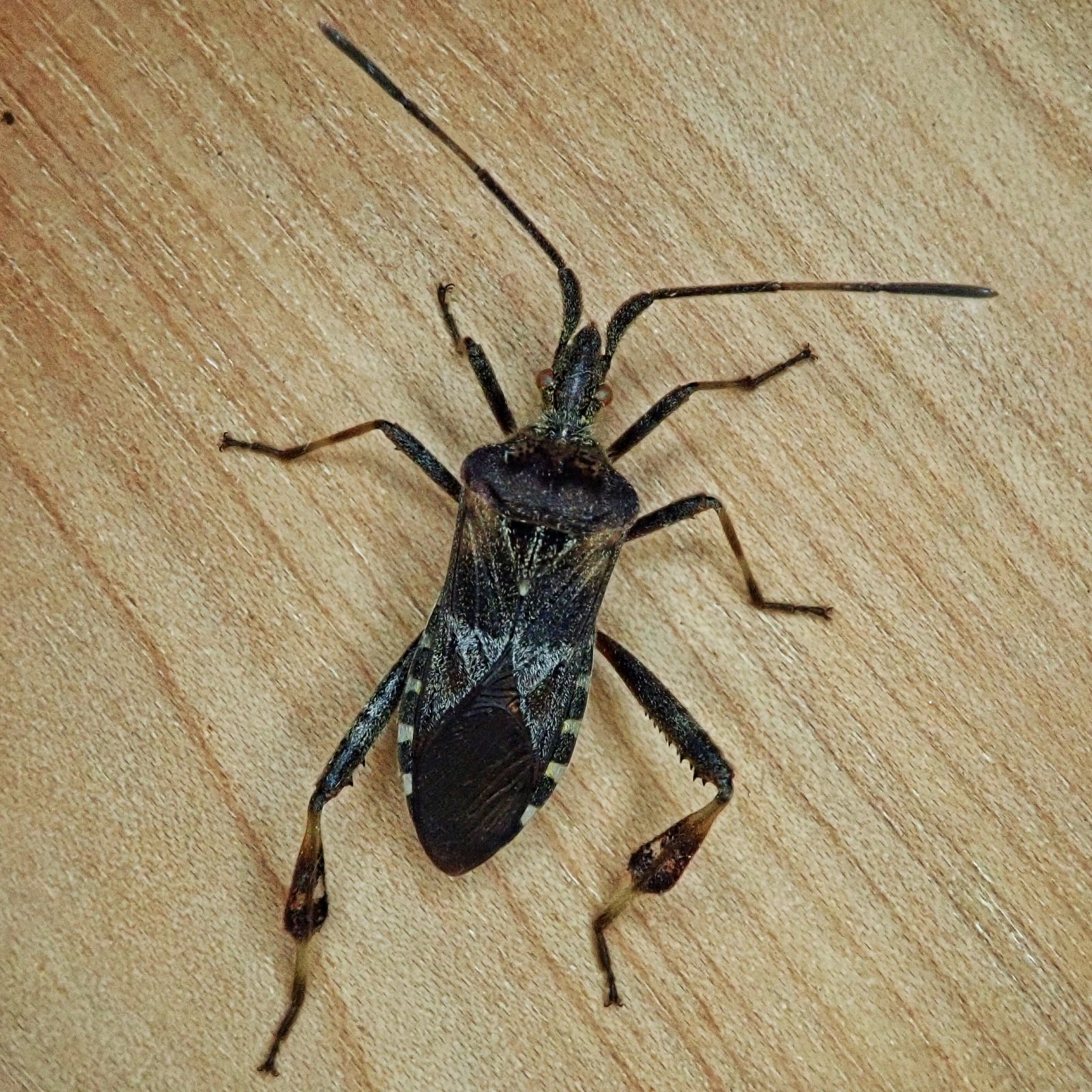
Leptoglossus occidentalis (Western Conifer Seed Bug) 10,000 Things of
The Western conifer seed bug, also called the pine seed bug, (Leptoglossus occidentalis) is a common household accidental invader found inside Iowa homes during the fall, winter and spring. This harmless nuisance most closely resembles the squash bug found on pumpkin and squash foliage during the summer. The pine seed bug is in a small group of insects called the leaffooted

Western Conifer Seed Bug Western Conifer Seed Bug detailed… Flickr
A true bug (order Heteroptera) in the family Coreidae, the dull-brown Western Conifer Seed Bug is known as leaf-footed bugs because of a flattened segment resembling a leaf on their hind legs. As a defensive mechanism when alarmed or handled, the Western Conifer Seed Bug omits a pungent odor from glands between the second and third pair of legs.
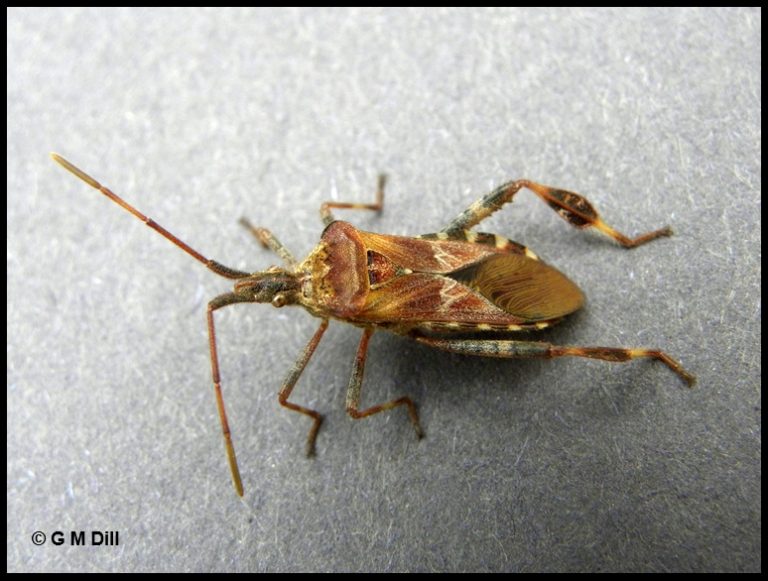
Western Conifer Seed Bug Home and Garden IPM from Cooperative
Western conifer-seed bugs (WCSB) are overwintering pests that live outside during the summer and feed on pinecones. In the fall, they enter structures for protection against the cold and desiccating wind. Like other overwintering insects, they do not build a nest indoors or cause structural damage, but rather hide in cracks and crevices.
Western conifer seed bug! r/Entomology
Western conifer seed bugs, commonly called pine seed bug or leaffooted bug due to their leaf-like hind legs, is a common invader of homes during the fall. As a defense mechanism when alarmed or threatened, the Western conifer seed bug omits a foul-smelling odor often causing homeowners to mistake it as a stink bug.
Western Conifer Seed Bug Leptoglossus occidentalis Wildlife Insight
The Western Conifer-Seed Bug is a true bug native to the pine forests of western North America that has quickly spread eastward since the 1950s. Pest specialists surmise that these bugs were accidentally introduced to eastern North America through wooden shipping crates on trains or through commercial Christmas trees. After becoming established in eastern North America, they
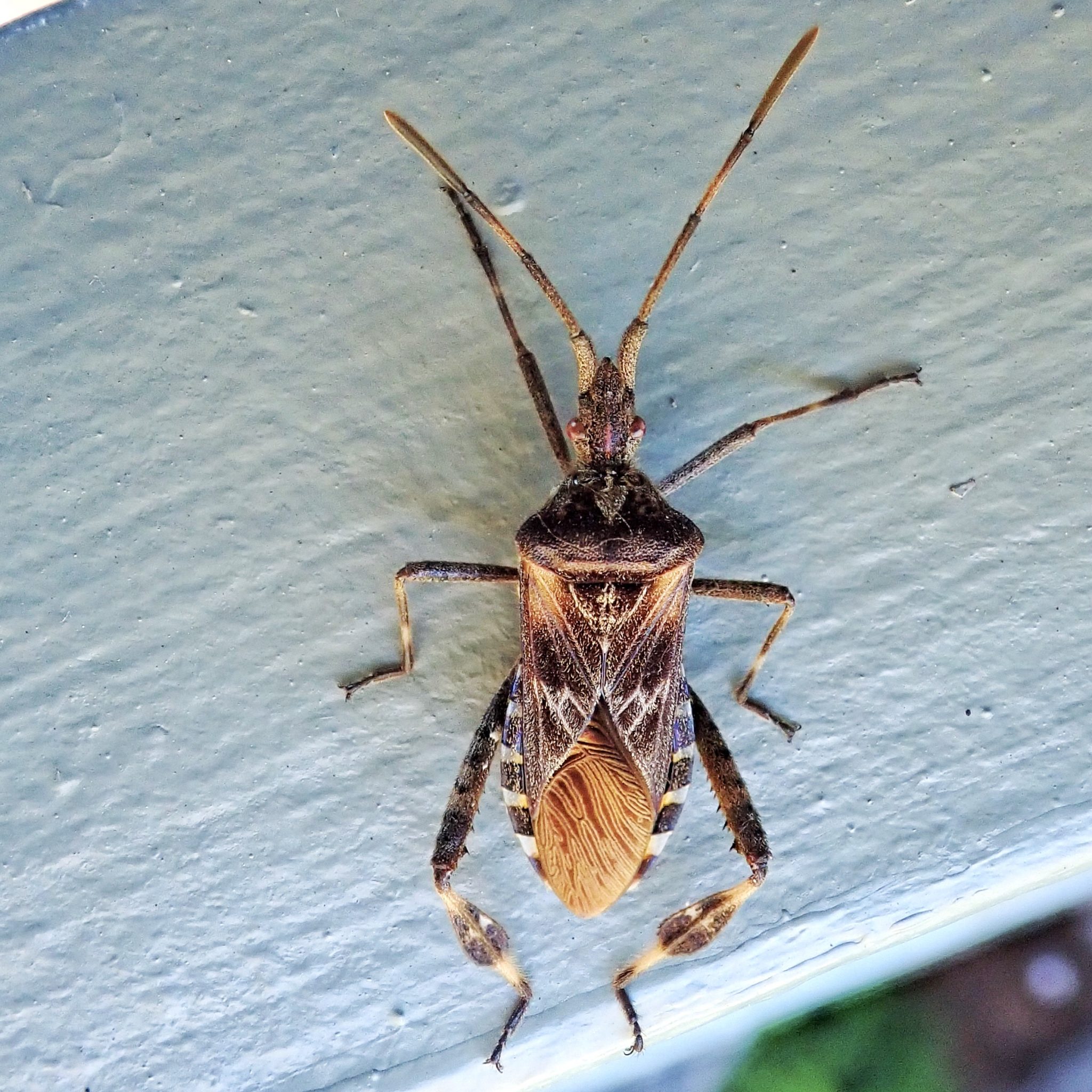
Leptoglossus occidentalis (Western Conifer Seed Bug) 10,000 Things of
The western conifer seed bug (Leptoglossus occidentalis), also called the pine seed bug, is a commonly found insect which is often seen invading homes in large numbers during certain periods of spring, fall, and winter. Originally found only in the western United States, these bugs are now found all across the country, and even in parts of Canada.
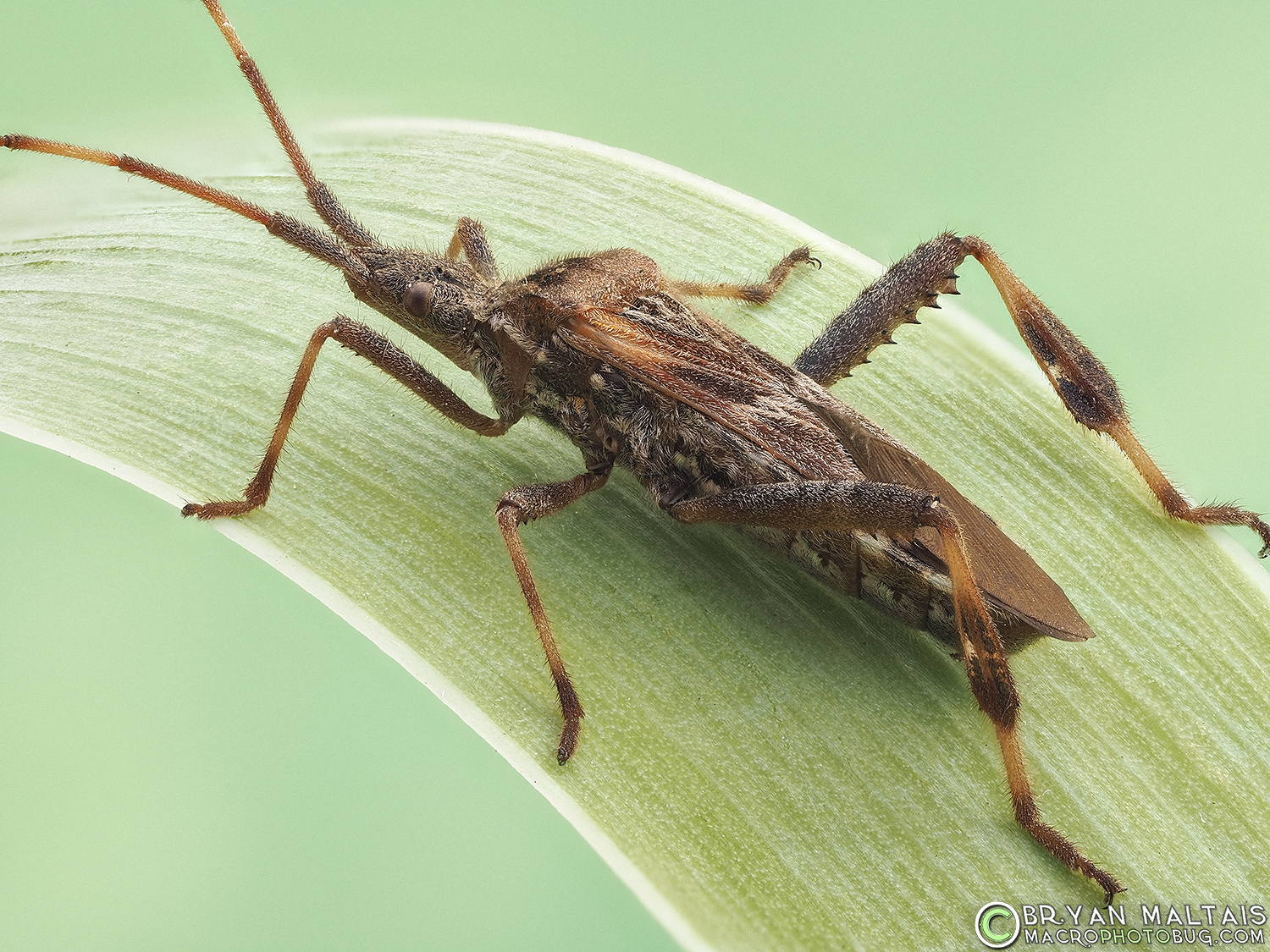
Western Conifer Seed Bug
1. Dirt Colored Seed Bug The Rhyparochromidae family, or dirt-colored seed bugs, are a group of insects that primarily feed on seeds. A few species are insectivorous and prey on other insects. All bugs of this family are dark brown - much like soil.

Western Conifer Seed Bug Leptoglossus occidentalis Flickr
The western conifer seed bug is native of the United States. For a number of years, it was found in western states like California, Nevada and Oregon. Then, it began its slow migration across the country. It made its way to Michigan in the late 1980s and now is found as far east as Maine and New Brunswick, Canada.

Western Conifer Seed Bug What's That Bug?
Western conifer seed bugs (WCSB) are herbivorous insects that feed on conifers, including various pines, spruces, hemlocks, and Douglas fir. They are native to western North America but spread eastward beginning in the 1950's. Feeding by western conifer seed bugs does not impact the health of trees but they can be annoying fall home invaders.

western coniferseed bug (Leptoglossus occidentalis)
Conifer seed bugs ( Leptoglossus occidentalis) are a common fall and winter nuisance in Colorado homes. They are fairly large insects (about 5/8 to 3/4 inch long) and look rather bizarre. They fly readily and can produce an odd, somewhat piney odor when provoked. These behaviors can alarm homeowners. However, conifer seed bugs are harmless.
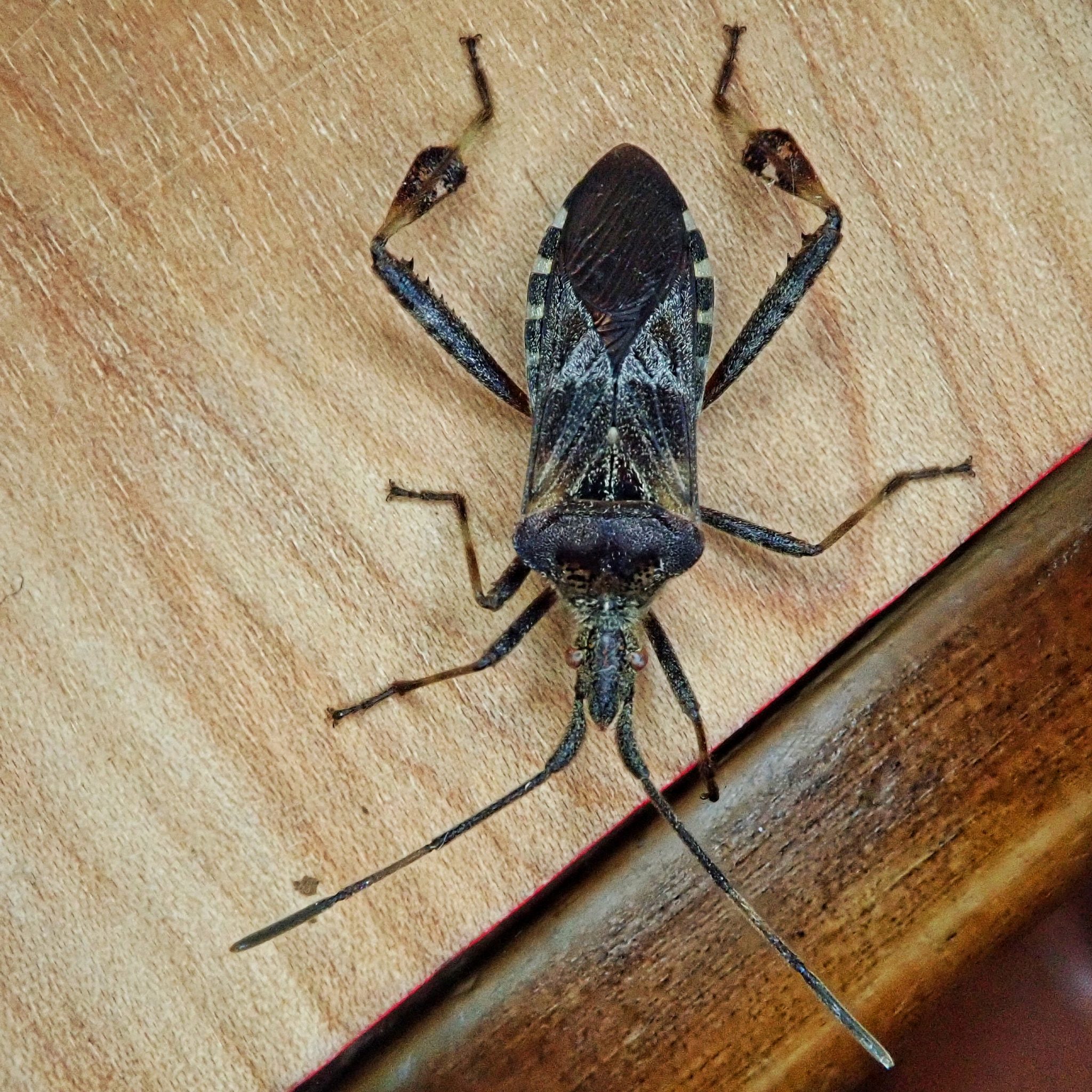
Leptoglossus occidentalis (Western Conifer Seed Bug) 10,000 Things of
Leptoglossus occidentalis, or Western conifer seed bugs, are finding their way into North Idaho homes. Don't worry — unless you're a conifer seed, they're harmless. Just stinky. JESSIE.

Western coniferseed bug Agricultural Biology
The good news is the Western Conifer Seed Bug is not known to bite or cause harm. It can, however, become a nuisance when they decide to move in for the winter. At about ¾ of an inch long and in great numbers, they are not a welcome sight in most homes.

Western Conifer Seedbug, Leptoglossus occidentalis.290911… Flickr
1. The hind legs are distinctly widened for a small section toward the end of the leg. 2. There's a pale white zig zag pattern on the wings. 3. Overall body is more lengthy as opposed to round. Seed Bug Vs. Stink Bug A lot of people mistakenly call Seed Bugs Stink Bugs.

Western Conifer Seed Bug (Leptoglossus occidentalis) late … Flickr
Western conifer seed bugs have a piercing, sucking moth part, and nymphs (immature insects) feed by sucking nutrients from the seed cones of white, red, Scots, Austrian, and mugo pine, white spruce, Douglas fir and hemlock. This feeding damage does not hurt the tree, but reduced seed production may result from heavy infestations.
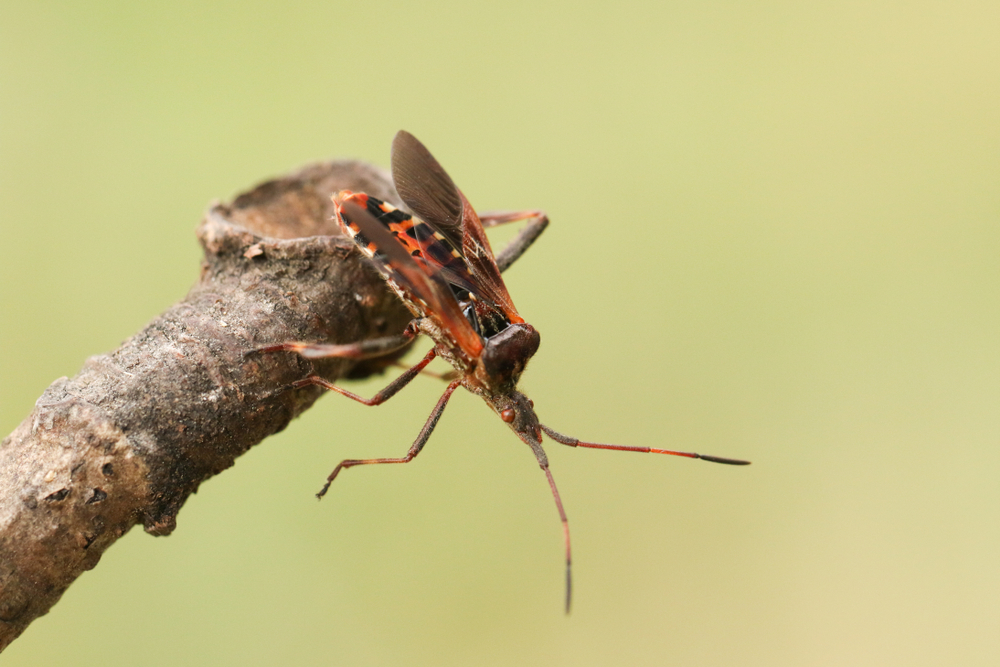
All About the Western Conifer Seed Bug Control, Facts & Prevention
The western conifer seed bug (WCSB), or by its scientific name Leptoglossus occidentalis, is a true bug (Hemiptera) of the family Coreidae (leaf-footed bugs). This insect gets its name from its preferred food and nesting location, large seeds of conifer trees (pine cones).

Western conifer seed bug Wikipedia
The western conifer seed bug Leptoglossus occidentalis, is a large reddish-brown squashbug that can reach 2cm (¾in) in length. There is a white zigzag line across the centre of its wings and it has leaf-like expansions on its hind legs. It feeds on the sap of pines and some other conifers, especially on the seed cones.